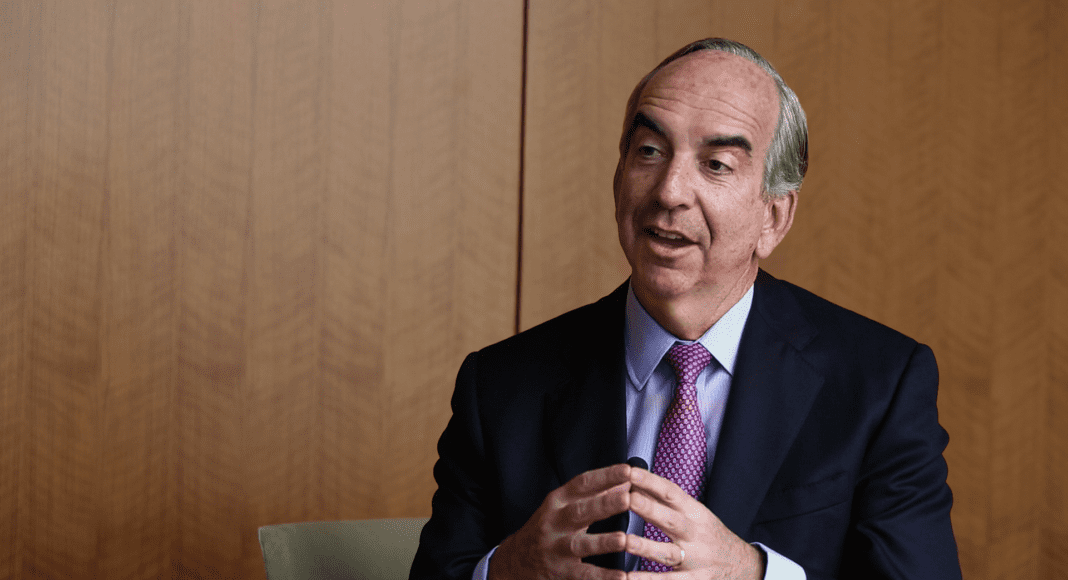Even as governments and international oil companies pursue efforts to reduce carbon emissions on a global scale in the move towards renewable sources of energy, the Liza Phase 1 and 2 developments offshore Guyana are expected to remain highly viable in the years to come. Noting this recently was John Hess Hess, Chief Executive Officer (CEO) of Hess Corporation, a 30 percent stakeholder in the Stabroek Block.
During his participation in a Fireside Chat at the J.P. Morgan U.S. All Stars Conference, Hess was keen to note that the favourable economics of the two projects is what guarantees its survival for decades.
The CEO said, “Liza Phase 1 has a breakeven of a 10 percent return at US$35 Brent and Liza Phase 2 has a breakeven of US$25 Brent. So, even in a carbon constrained world, these barrels will provide low cost energy for years to come and be a great return for our shareholders.”
Guyana has so far received close to US$150 million from oil sales and royalty since production began in the South American country at the Liza Phase 1 development last December.
As his company continues to pursue development projects in blocks offshore Guyana, Hess said that efforts are underway to reduce the firm’s overall carbon footprint. In July last, Hess would have indicated to the market that it has aggressive targets for greenhouse gas (GHG) emission reductions, while disclosing as well that over the past 12 years, it has reduced its GHG emissions by approximately 60 percent.
The company had said too that it is contributing to innovative research and scientific solutions to reduce, capture and store carbon emissions, including groundbreaking work by the Salk Institute to develop plants with larger root systems that are capable of absorbing and storing potentially billions of tons of carbon per year from the atmosphere.
In line with the Task Force on Climate-Related Financial Disclosures (TCFD) framework, Hess had also conducted its second annual carbon asset risk assessment in 2019 using the energy supply and demand scenarios from the International Energy Agency (IEA) which confirmed the resilience of Hess’ portfolio and inventory of forward investments under the ambitious GHG reductions assumed within the IEA’s Sustainable Development Scenario.




